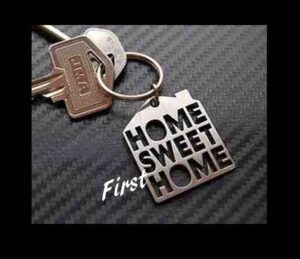 Despite the historically low mortgage interest rates, new low down payment programs, easing of some credit standards, and special programs for first time and low to moderate income home buyers, we are still seeing homeownership rates decline. Why?
Despite the historically low mortgage interest rates, new low down payment programs, easing of some credit standards, and special programs for first time and low to moderate income home buyers, we are still seeing homeownership rates decline. Why?
It seems that the problem is not all about helping potential home buyers qualify for their financing; it’s as much about them being able to find affordable housing. As I’ve written before, I believe we have an affordable housing crisis in this country and now some are agreeing with me.
We don’t need more buyers, although that couldn’t hurt. We need places for them to buy that they can afford.
So along comes two different approaches to solving the affordable housing problem. Both offer some opportunity for lenders.
First, we see draft legislation released by Senator Ron Wyden (D-OR) for a proposed middle income tax credit. Fashioned after the successful Low-Income Housing Tax Credit program, this will offer incentives to developers, by way of tax credits, for the creation and renovation of affordable rental housing.
Although this may not immediately increase homeownership it will create a pathway for low to moderate income households. They can gain experience in making housing payments while taking their first step toward homeownership. This also presents an opportunity for lenders to finance these rental units once developed and offered for sale to investors.
Another idea is to increase the availability of new manufactured homes. The reported average price of a manufactured home is about $70,000. A far cry from the cost of a stick built house at around $380,000. Further, the new manufactured homes are drastically improved from the old mobile homes and much more difficult to relocate, once set in place.
The obvious challenge is the stigma associated with mobile homes and the parks in which most are located. However, there are many manufactured home developments, especially those created for seniors, which mirror stick built communities.
These along with the rental housing create new lending opportunities, as well as additional investment options for the secondary markets and private investors. It’s just a matter of developing the right lending programs and guidelines, to finance these units.
So, if we really want to increase homeownership, and provide more people with the chance to attain the American Dream, we need to look at more than just low rates and low down payment programs. We need to develop homes that first-time home buyers can afford and the lending programs needed to finance them
This coupled with an economy that provides jobs, stable employment and income will create not just more first time buyers but help them move on to become second and third buyers in the future. A future that will be bright with a robust housing market and a higher rate of homeownership.
Now, that’s really good for lenders.
